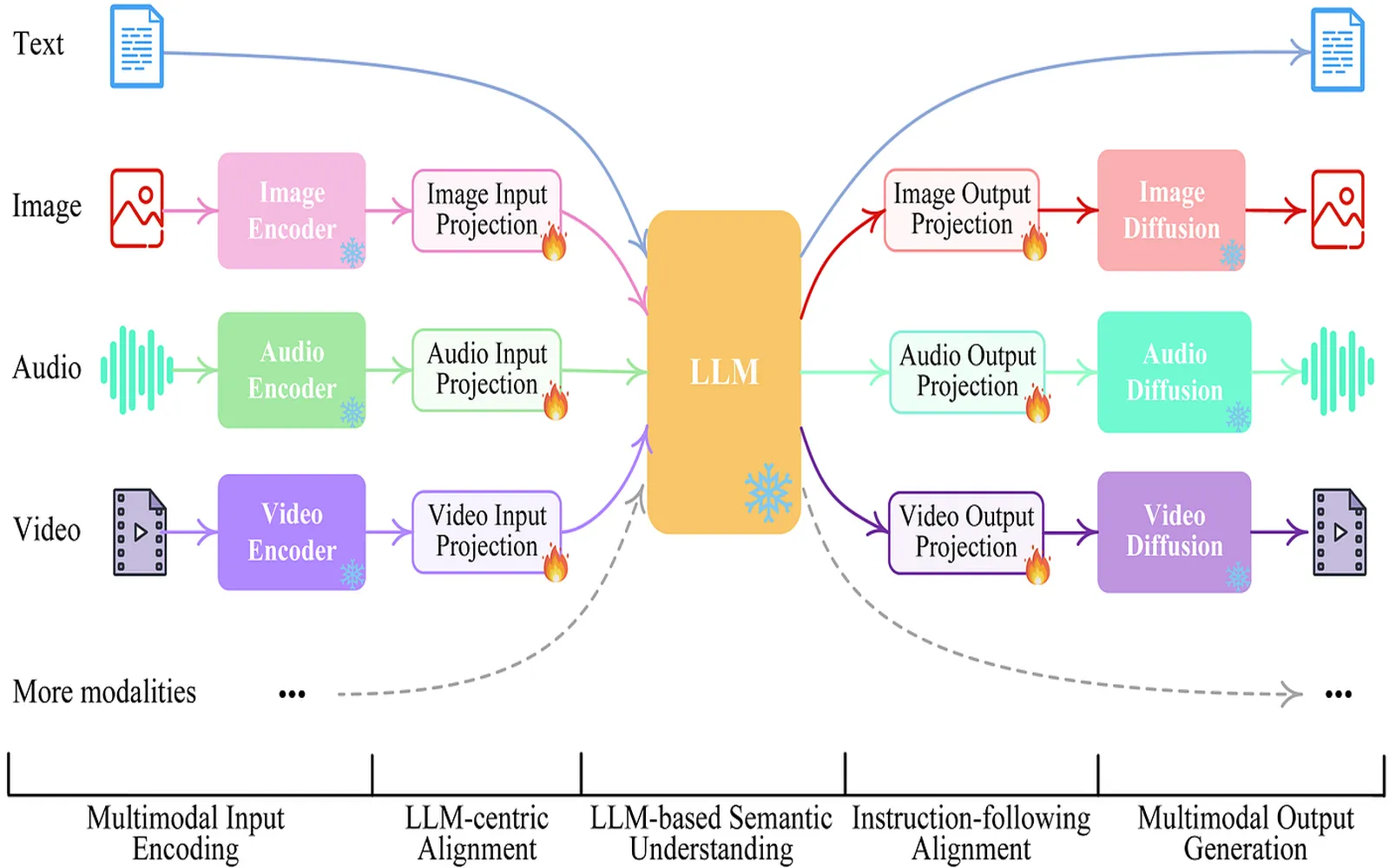Multimodal AI is an innovative field that combines different types of data inputs, such as text, images, audio, and video, to enhance machine learning and artificial intelligence capabilities. This approach allows AI systems to process and understand information more effectively, leading to improved performance in various applications. Large multimodal models, specifically, leverage vast datasets and complex algorithms to interpret and generate content across multiple modalities. As the demand for more sophisticated AI solutions grows, understanding the intricacies of multimodal AI becomes essential.
Understanding Large Multimodal Models
Large multimodal models are designed to analyze and integrate information from diverse sources. These models utilize advanced neural network architectures, like transformers, to learn patterns and relationships within the data. By training on extensive datasets, these models can develop a nuanced understanding of context, semantics, and the interconnections between different modalities.
One of the key advantages of large multimodal models is their ability to perform tasks that require a synthesis of information. For instance, they can describe images in natural language, generate images based on textual descriptions, or even create videos that align with audio narratives. This versatility makes them valuable in numerous fields, including healthcare, entertainment, and marketing.
Applications of Multimodal AI
The applications of multimodal AI are vast and varied. Here are a few notable examples:
| Application | Description |
|---|---|
| Healthcare | Multimodal AI can analyze medical images, patient records, and genomic data to provide more accurate diagnoses and personalized treatment plans. |
| Marketing | In the realm of digital marketing, multimodal AI can create targeted ad campaigns by analyzing consumer behavior across different platforms, optimizing content for maximum engagement. |
| Entertainment | Multimodal models can generate scripts, compose music, or even create virtual characters that interact with audiences in real-time. |
Benefits of Multimodal AI
There are several benefits associated with the implementation of multimodal AI systems:
- Enhanced Understanding: By processing multiple data types, these models gain a deeper understanding of context, leading to more accurate outputs.
- Improved User Experience: Multimodal AI can create more engaging interactions for users, such as chatbots that understand both text and voice commands.
- Efficiency: Automating tasks that require the integration of various data types can save time and resources for businesses.
Challenges in Multimodal AI
Despite its numerous advantages, multimodal AI also faces several challenges:
- Data Integration: Combining data from different modalities can be complex, requiring sophisticated techniques to ensure compatibility and accuracy.
- Model Complexity: Large multimodal models can be resource-intensive, demanding significant computational power and storage capabilities.
- Bias and Fairness: As with any AI system, there is a risk of bias in multimodal models, particularly if the training data is skewed or unrepresentative.
The Future of Multimodal AI
The future of multimodal AI looks promising, with ongoing research and development aimed at overcoming current challenges. Innovations in this field could lead to more powerful models capable of understanding and generating human-like responses across multiple formats. This evolution can significantly impact industries such as advertising, where companies like referrerAdCreative can utilize multimodal AI to enhance their ad campaigns through personalized content generation and targeting.
Conclusion
In conclusion, multimodal AI represents a significant advancement in artificial intelligence, allowing for a more integrated approach to data analysis. Large multimodal models are paving the way for innovative applications across various industries, providing enhanced understanding and efficiency. As this technology continues to evolve, it will undoubtedly shape the future landscape of AI, offering new opportunities for businesses and consumers alike. The integration of these advanced systems, particularly in marketing through platforms like referrerAdCreative, will redefine how brands communicate and engage with their audiences.
Embracing multimodal AI is not just about keeping up with technological trends; it's about leveraging the power of comprehensive data analysis to drive successful outcomes in an increasingly digital world.





